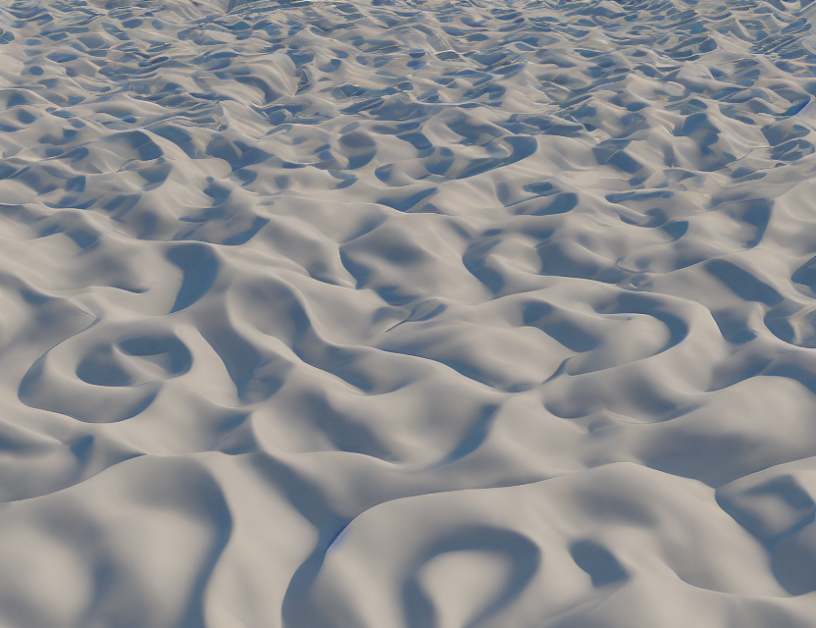In this article, we explore how inertia-gravity waves interact with a wall and how their behavior is affected by the impact of an external force. We examine the wave’s dispersion curve, which shows how the wave’s frequency changes as its wavelength increases, and how it behaves in the presence of a wall.
Eigenstates and Scattering Coefficient
We start by writing down the eigenstates of the positive-frequency inertia-gravity waves in the form of a complex-valued function Ψ(kx, κ). This function represents the wave’s dependence on both kx and κ, with the eigenvector of the positive-frequency inertia-gravity wave solution playing a central role. The scattering coefficient S is defined as the ratio of the transmitted wave to the incident wave, and it represents how much the wave is scattered upon reflection. Since we are dealing with a dissipationless process, if κ is real, S must belong to U(1), representing the wave’s phase shift upon reflection.
Phase Jumps and Edge Modes
We then show that in the bulk band region where S belongs to U(1), the phase of S exhibits a sharp staircase structure with jumps by 2π or -2π as the path approaches the rim of the Riemann sphere. These jumps always coincide with the marginal points of the inertia-gravity wave band. We confirm this characterization by computing S along a series of closed paths, Cδ, on the Riemann sphere. As the path approaches the great circle representing the kx-axis, it gets closer to the margin of the inertia-gravity wave band (Fig. 3b, f). In this limit, the phase in S exhibits an asharp staircase structure with jumps by 2π or -2π (Fig. 3g-i).
Modified Kelvin Wave Structure and New Trapped Modes
We next find a high-frequency mode whose dispersion curve goes downward approaching N, which originates from the elastic force from the wall. In the large limit, it converges to the buoyancy oscillation while maintaining asymptotically high frequencies around kx = ±∞. When the path passes above a certain threshold, an additional mode emerges from the low-frequency side of the inertia-gravity wave band, and it approaches f, still possessing two connection points to the bulky spectrum. This edgeless wave does not play any role in filling bulge gaps, unlike the shallow water case where its dispersion curve connects the topographic Rossby and inertia-gravity wave bands. The Kelvin wave dispersion curve goes downward as kx increases but keeps connecting these separate bulk bands at (kx, ω) = (0, 0) and (kx, ω) = (kx, ω).
Conclusion
In summary, this article investigates how inertia-gravity waves interact with a wall and how their behavior changes when an external force is applied. By examining the wave’s dispersion curve and its interaction with the wall, we find that the wave’s phase exhibits sharp jumps as it approaches the margin of the inertia-gravity wave band. These jumps are related to the emergence of new trapped modes, which play a crucial role in understanding the behavior of inertia-gravity waves near a wall. Our findings shed light on the complex interplay between these waves and their interaction with external forces, providing valuable insights for further research in this field.



